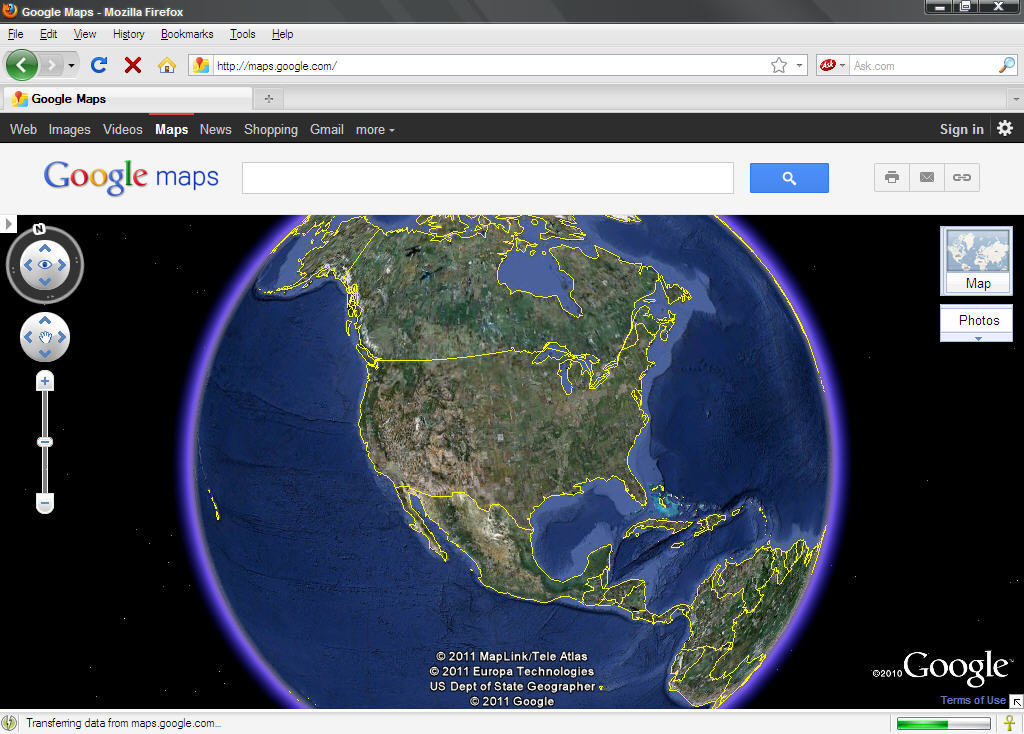

Setting the spans property is the preferred way to change the color of a polyline. The styleSpans property is an array of StyleSpan objects. Used to specify the color of one or more segments of a polyline.

Indicates whether this Polyline handles mouse events. Note that the shape of a geodesic polygon may appear to change when dragged, as the dimensions are maintained relative to the surface of the earth. When false, edges of the polygon are rendered as straight lines in screen space. When true, edges of the polygon are interpreted as geodesic and will follow the curvature of the Earth. All CSS3 colors are supported except for extended named colors. A marker with a high z-index is drawn on top of markers with lower z-indexes Specifies the stack order of this marker, relative to other markers on the map. Only for iOS and Android.Ĭontrols whether this marker can be dragged interactively create ( Ĭustomizes the color of the default marker image. getElementById ( 'map' ) Ĭonst newMap = await GoogleMap. Because we're rendering a view into this slot, by itself the element has no width or height, so be sure to set those explicitly.Ĭonst mapRef = document. The Google Map element itself comes unstyled, so you should style it to fit within the layout of your page structure.
#Google earth 3d plugin for android
We are investigating alternate methods for Android still and hope to resolve this better in a future update. On iOS, we render the map directly into the webview and so the same transparency effects are not required. If you can't see your map on Android, this should be the first thing you check. In a typically Ionic application, that means setting transparency on elements such as IonContent and the root HTML tag to ensure that it can be seen. This means that as the developer, you must ensure that the webview is transparent all the way through the layers to the very bottom. On Android, the map is rendered beneath the entire webview, and uses this component to manage its positioning during scrolling events. This is resolved by modifying the module that declares your component to allow for custom web components. The plugin will automatically register this web component for use in your application.įor Angular users, you will get an error warning that this web component is unknown to the Angular compiler. The Google Maps Capacitor plugin ships with a web component that must be used to render the map in your application as it enables us to embed the native view more effectively on iOS.
#Google earth 3d plugin simulator
If you are developing on an Apple Silicon Mac, building and running on physical devices is still supported and is the recommended approach.Ī workaround on Apple Silicon Macs if you want/need to use the simulator is adding the following line to your Podfile in the target 'App' section after the # Add your Pods here line: This is requires a new release of the library from Google. The main Google Maps SDK now supports running on simulators on Apple Silicon Macs, however, a dependency from Google called Google-Maps-iOS-Utils does not yet support Apple Silicon. Read about Configuring ist in the iOS Guide for more information on setting iOS permissions in Xcode. NSLocationWhenInUseUsageDescription ( Privacy - Location When In Use Usage Description).NSLocationAlwaysUsageDescription ( Privacy - Location Always Usage Description).

To use this, Apple requires privacy descriptions to be specified in ist: The Google Maps SDK supports the use of showing the users current location via enableCurrentLocation(bool). Additional information about obtaining these API keys can be found in the Google Maps documentation for each platform. This is required for all three platforms, Android, iOS, and Javascript. These can be obtained from the Google Cloud Console. To use the Google Maps SDK on any platform, API keys associated with an account with billing enabled are required.


 0 kommentar(er)
0 kommentar(er)
